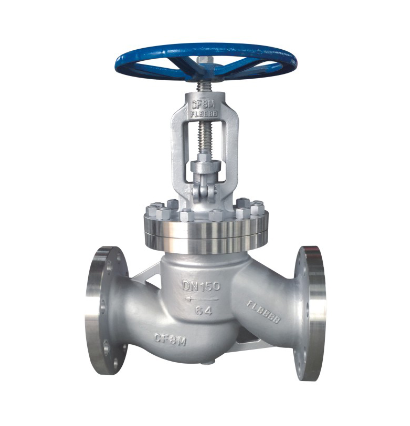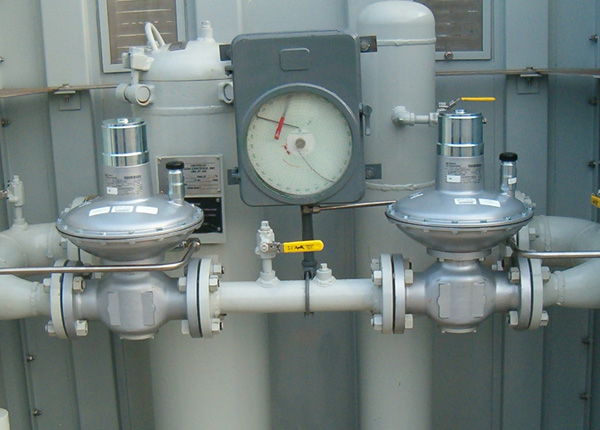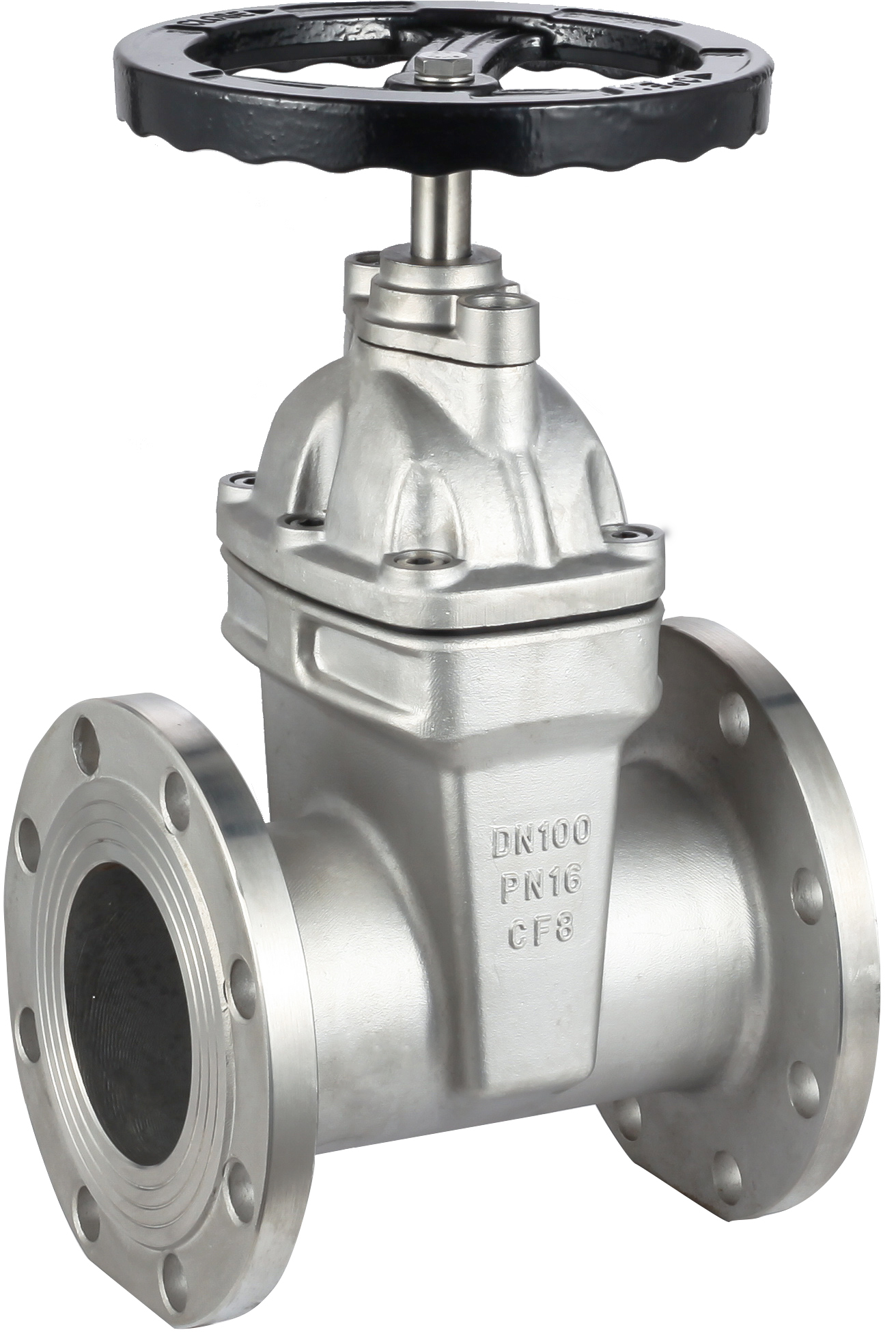Knowledge popularization: Working principle and characteristics of stop valve
The valve plays an important role in cutting off and throttling the medium in the pipeline where it is located. As an extremely important shut-off valve, the shut-off valve is sealed by applying torque to the valve stem. The valve stem applies pressure to the valve disc in the axial direction, so that the valve disc sealing surface and the valve seat sealing surface are closely fitted to prevent the medium from leaking along the gap between the sealing surfaces. The sealing pair of the stop valve consists of the valve disc sealing surface and the valve seat sealing surface. The valve stem drives the valve disc to move vertically along the center line of the valve seat.

During the opening and closing process of the stop valve, the opening height is small, the flow rate is easy to adjust, and the manufacturing and maintenance are convenient, and the pressure application range is wide. Compared with another commonly used shut-off valve in industrial production, the gate valve, the stop valve is simpler in structure and easier to manufacture and maintain. In terms of service life, the sealing surface of the stop valve is not easy to wear and scratch. There is no relative sliding between the valve disc and the seat sealing surface during the opening and closing process of the valve, so the wear and scratch on the sealing surface is small, which increases the service life of the sealing pair. During the full closing process of the stop valve, the valve disc has a small stroke and its height is relatively small compared to the gate valve. The disadvantage of the stop valve is that the opening and closing torque is large and it is difficult to achieve rapid opening and closing. Because the flow channel in the valve body is relatively tortuous, the fluid flow resistance is large, resulting in a large loss of fluid power in the pipeline.












